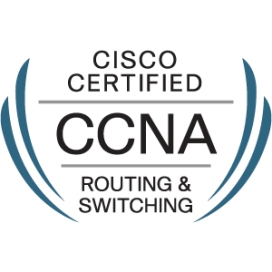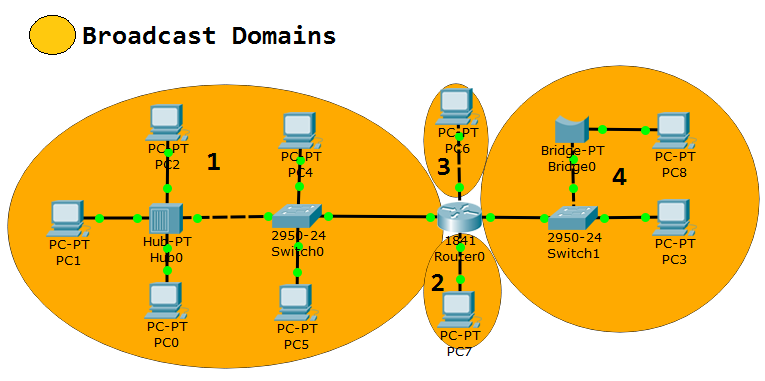As you can imagine, there are many aspects you will need to take into consideration when putting together a network, specially if dealing with a large corporate network. It’s simply not the same, configuring a network for a small office with 5 employees than configuring a network for a corporate branch with 5000 employees.
Some of the concepts we need to consider when designing a LAN are very straight forward like physical space, cabling, power source, static IP addressing, etc. and some are more complex like flexibility, expandability, security, routing protocol implementation, dynamic IP addressing, IP sub-netting, etc. Basically, the complexity of a network is directly proportional to the size of the network itself.
Luckily, we are getting ready for the CCNA, and its scope states; “…skills required to install, operate, and troubleshoot small to medium-size enterprise branch networks”, so let’s keep this in mind.
Continue reading 1.2 Select the components required to meet a given network specification.




